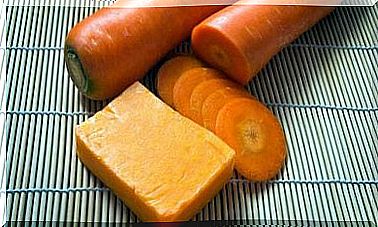How To Clean Flower Vases Properly
Flower vases are often difficult to clean because the neck is too narrow for sponges or brushes. We’ll show you how to do it anyway!
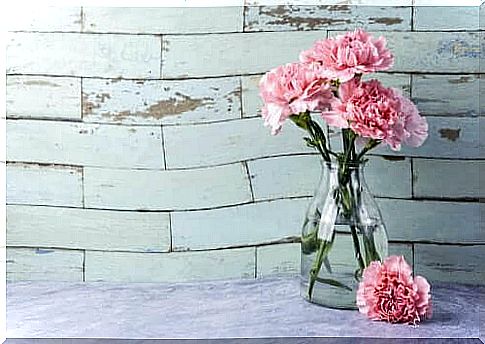
Flower vases are only pretty and decorate the apartment if they are clean and you don’t see any ugly limescale deposits and dirt marks on them. But how do you clean if the dish brush does not fit through the narrow neck?
Do not put flower vases in the dishwasher!
To flower vases to clean out the dishwasher is the wrong choice. The rinsing water usually does not get through the narrow openings of the flower vases, the glass could not stand the heat and crack, or the cleaning agents could destroy the surface of the vases and make them “blind” and milky.
If you want to clean flower vases, you should only do it by hand. This is the only way to ensure that they do not break and become (or remain) clean and crystal clear inside and out and that they represent real jewelry.
Deposits such as limescale or brown rings from water that is not changed often enough are a difficult cleaning task, but not impossible to remove. Try the following methods:

Clean flower vases with vinegar essence
In theory, you can also use normal vinegar to remove limescale deposits from your flower vases, but vinegar essence contains more acetic acid than vinegar and is therefore stronger. Vinegar essence is even stronger if you warm it up before using it. Please do not heat it, it should be lukewarm!
Pour the vinegar essence into the vase, making sure that the level is slightly higher than the scale build-up. Let the liquid soak in, shaking the vase occasionally.
Pour off the vinegar essence, rinse with water, let the vase dry and see if the limescale has disappeared. If not, repeat the process with fresh vinegar essence.
Clean flower vases with citric acid
Citric acid can also dissolve limescale, but not quite as well as acetic acid. You can also get citric acid as a powder in the drugstore and you can dose it yourself. Even with citric acid, heating (not heating) helps. The application is identical to that of vinegar essence.

Denture cleaner
Commercially available fizzy tablets for cleaning teeth are also very suitable for cleaning flower vases. Please read the instructions carefully, for some denture cleaners you need warm water, for others you don’t.
Also pay attention to the dosage, because a vase is usually larger than the container in which the teeth are to be cleaned. So adjust the number of cleaning tabs to the volume of the vase so that you are also successful in cleaning.
Leave the tabs on for as long as the operating instructions prescribe or, if the water is discolored, at least until the water is clear again.
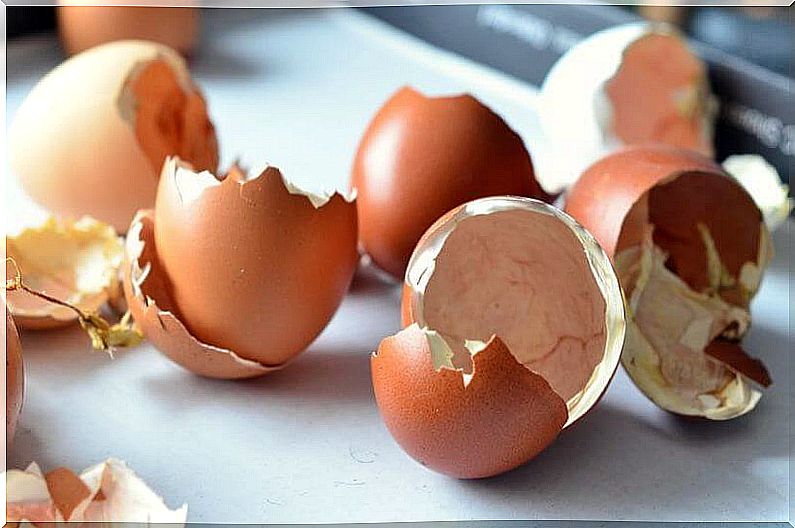
Eggshells
Stubborn deposits must also be rubbed off. If you can’t get into the vase with a brush, add crumbled eggshells and water with a little washing-up liquid. Then shake the vase until the eggshells have rubbed away the debris.
Caution: Never use eggshells in combination with citric acid or vinegar essence. The acid would attack the peel and there would not be enough effect for the limestone edges on the vase.
Clean flower vases with sand and gravel
If you don’t have eggshells on hand, you can also use sand. Bird sand or sand from your children’s sandpit are equally suitable. If you have neither a pet nor a child, you can also use some sand, gravel or aquarium gravel.
Pour the material into the vase with a little washing-up liquid and water and shake it until the stubborn build-up is gone.
Warning: this method is not exactly gentle, you should not use it regularly so as not to scratch the glass if you use it continuously.
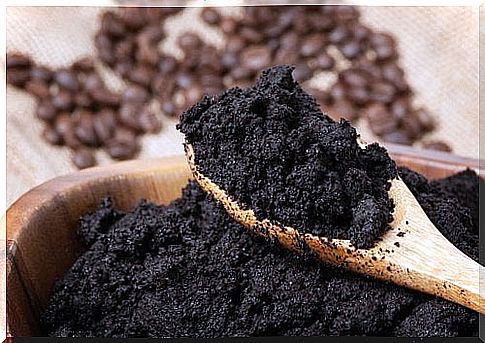
Coffee grounds
Coffee grounds are a gentle method for cleaning flower vases and are not suitable for limescale, but only for light deposits and edges. Fill the vase with coffee grounds with water and shake and swirl it until the deposits are gone.
Clean flower vases with baking soda
Pour baking soda and warm water into the vase and let the mixture sit for a few hours. If the vase is a bit larger, use two packets of baking powder.
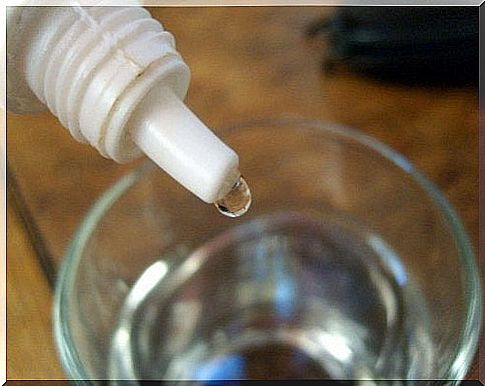
Hydrogen peroxide
Hydrogen peroxide bleaches and disinfects, so that you can rinse off brown deposits in particular afterwards. Attention: depending on the intensity of the “dirt lines” , there may be a lot of foam! Hydrogen peroxide does not help against calcium deposits.
However, the best method against unwanted deposits in flower vases is to change the flower water in them regularly, at best daily. This means that limescale deposits can only form, which can also be removed again with little effort using the above-mentioned methods with acetic or citric acid.





